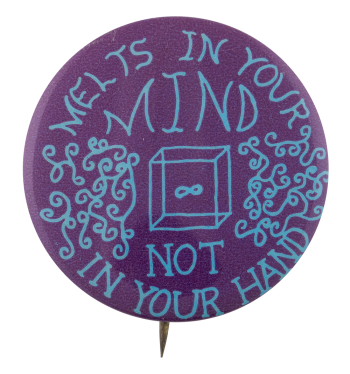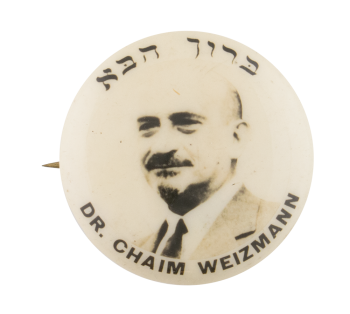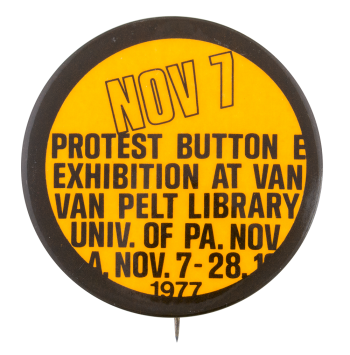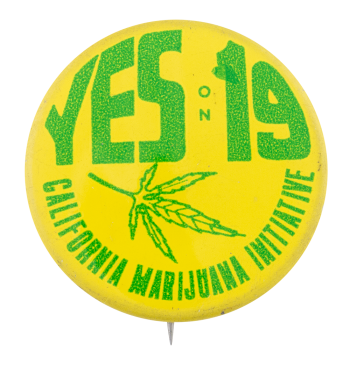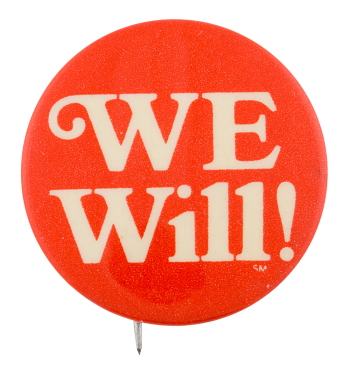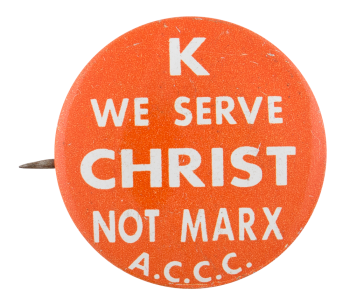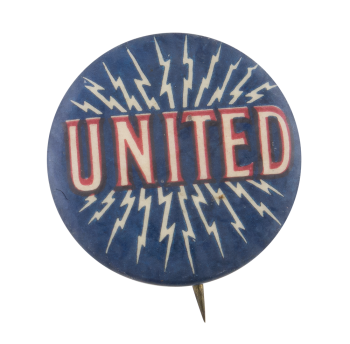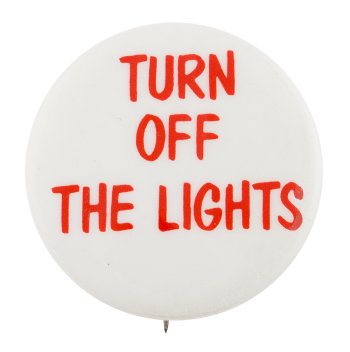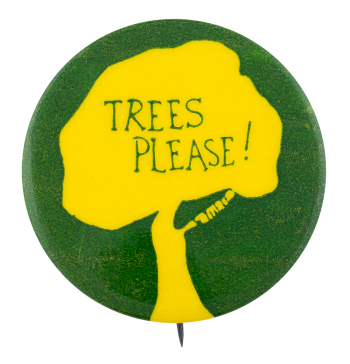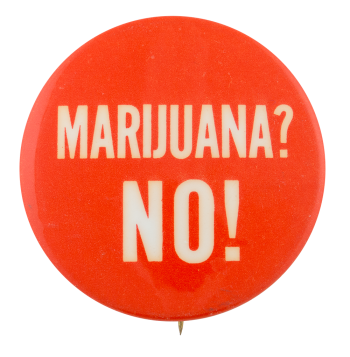Melts in Your Mind
| Category | |
|---|---|
| Additional Images | |
| Sub Categories | |
| Text on Button | MELTS IN YOUR MIND NOT IN YOUR HAND |
| Image Description | Blue text and illustration of a three dimensional box with squiggly lines on either side on a purple background |
| Curl Text | BIG STORE 112 MACDOUGAL ST NYC |
| Back Style | |
| The Shape | |
| The Size | |
| Additional Information | This slogan is most commonly associated with the psychedelic drug LSD, but it is unknown where the quote actually originated. LSD played an important part in the 1960s counterculture movement. As use spread from research projects at universities to the street, LSD was credited with expanding the minds of young people who were disillusioned with the status quo. One of the most well-known proponents of LSD was Dr. Timothy Leary, a Harvard psychology professor who believed that psychedelic drugs could treat a host of mental illnesses. Another figure closely associated with the drug was author Ken Kesey, who traveled the country with his friends (known as The Merry Pranksters) on a school bus as part of a social experiment. |
| Catalog ID | CA0315 |

